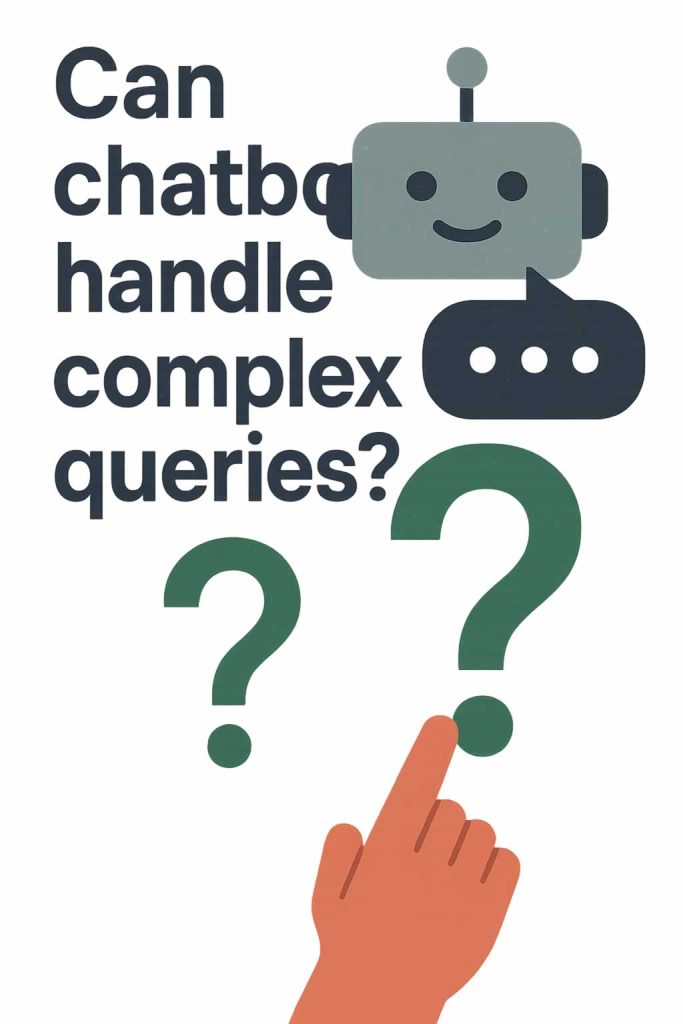

Chatbots can handle complex queries but how well they do it depends on how they’re built, what kind of AI powers them, and how well they’re integrated into your systems. At AEHEA, we develop chatbots that go far beyond answering simple FAQs. With the right design, they can interpret multi-part questions, hold context across interactions, retrieve data from backend systems, and even trigger workflows that complete real-world tasks.
For a chatbot to manage complexity, it needs strong natural language understanding (NLU). Basic rule-based bots struggle here because they rely on exact keyword matches. More advanced bots use intent recognition and entity extraction to identify what the user wants and the details they’re asking for. AI-powered bots built on large language models like GPT can go even further. They understand nuance, context, and even implied meaning which makes them ideal for open-ended or multi-step conversations.
However, intelligence alone is not enough. Complex queries often require the bot to access external systems. For example, a user asking “Can you help me compare the features of these three products and tell me which one fits my needs?” requires not only comprehension, but the ability to retrieve product data, process it, and present a reasoned answer. That means integrating the chatbot with CRMs, product databases, APIs, or analytics platforms. We often build these flows using tools like n8n to connect chat input with real-time data and backend logic.
At AEHEA, we test chatbots with real user queries not just scripted examples to ensure they can handle the variety and complexity of natural language. We design them to ask follow-up questions, clarify intent when needed, and break big tasks into manageable steps. When designed properly, a chatbot can do much more than respond. It can guide, recommend, analyze, and complete actions all in a conversation that feels natural and helpful.
